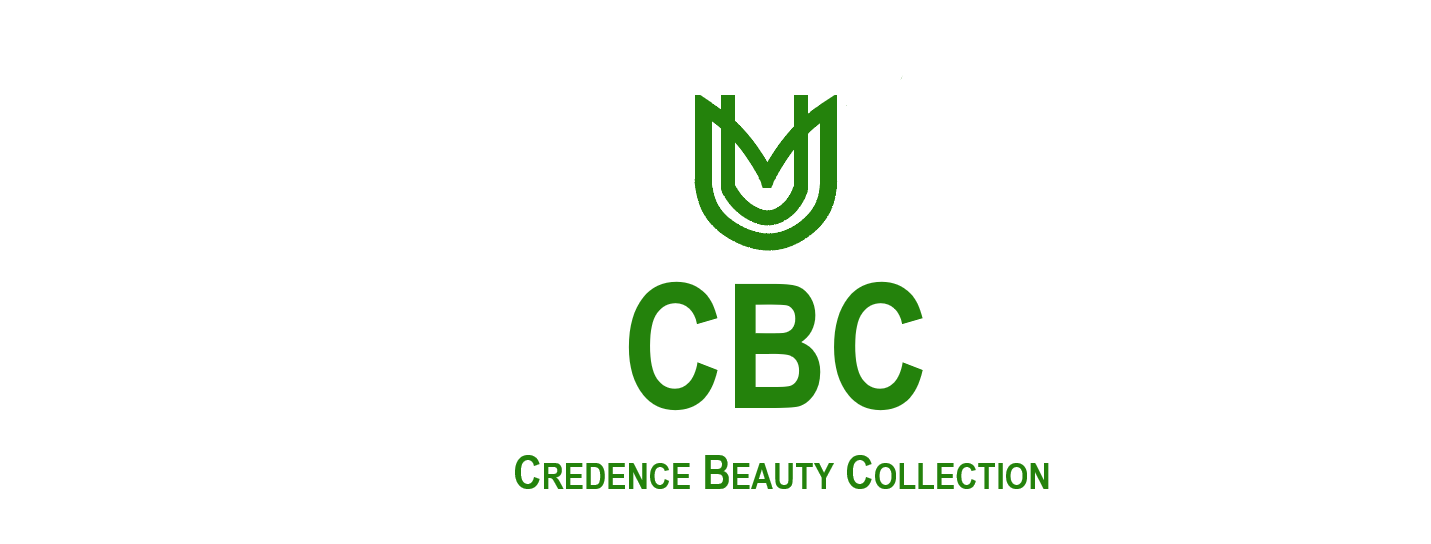The beauty industry has long been a reflection of societal beauty standards, often perpetuating exclusivity and marginalization. However, in recent years, there has been a significant shift towards inclusivity, with brands and consumers alike demanding more diversity and representation. In this article, we’ll explore the importance of inclusivity in beauty, its benefits, and why it’s crucial for the industry’s future.
Breaking Down Barriers: The History of Exclusivity in Beauty
Historically, the beauty industry has catered to a narrow definition of beauty, often excluding individuals with diverse skin tones, hair types, and abilities. This lack of representation led to feelings of inadequacy and low self-esteem among those who didn’t fit the mold. The industry’s emphasis on Eurocentric beauty standards resulted in a limited range of products and services, neglecting the needs of people of color, individuals with disabilities, and those from diverse cultural backgrounds.
The Rise of Inclusivity: A Shift Towards Diversity
In recent years, the beauty industry has witnessed a significant transformation, driven by consumer demand for more inclusive products and representation. Brands have begun to expand their shade ranges, incorporate diverse models in advertising campaigns, and develop products catering to various skin types, hair textures, and abilities. This shift towards inclusivity has not only benefited consumers but also positively impacted the industry’s bottom line.
Benefits of Inclusivity in Beauty
- Increased customer satisfaction: By catering to diverse beauty needs, brands can tap into previously underserved markets, increasing customer satisfaction and loyalty.
- Market growth: Inclusivity can lead to increased market share and revenue growth, as brands appeal to a broader range of consumers.
- Positive brand reputation: Brands that prioritize inclusivity are seen as socially responsible, enhancing their reputation and appeal to consumers.
- Diverse talent attraction: Inclusive brands attract diverse talent, fostering creativity, innovation, and a more dynamic work environment.
- Empowerment and self-expression: Inclusivity in beauty empowers individuals to express themselves authentically, promoting self-acceptance and confidence.
Key Areas for Inclusivity in Beauty
- Shade range expansion: Offering a wider range of shades to cater to diverse skin tones, ensuring everyone can find a matching product.
- Diverse marketing campaigns: Featuring models of various ages, abilities, ethnicities, and body types in advertising campaigns, promoting representation and inclusivity.



